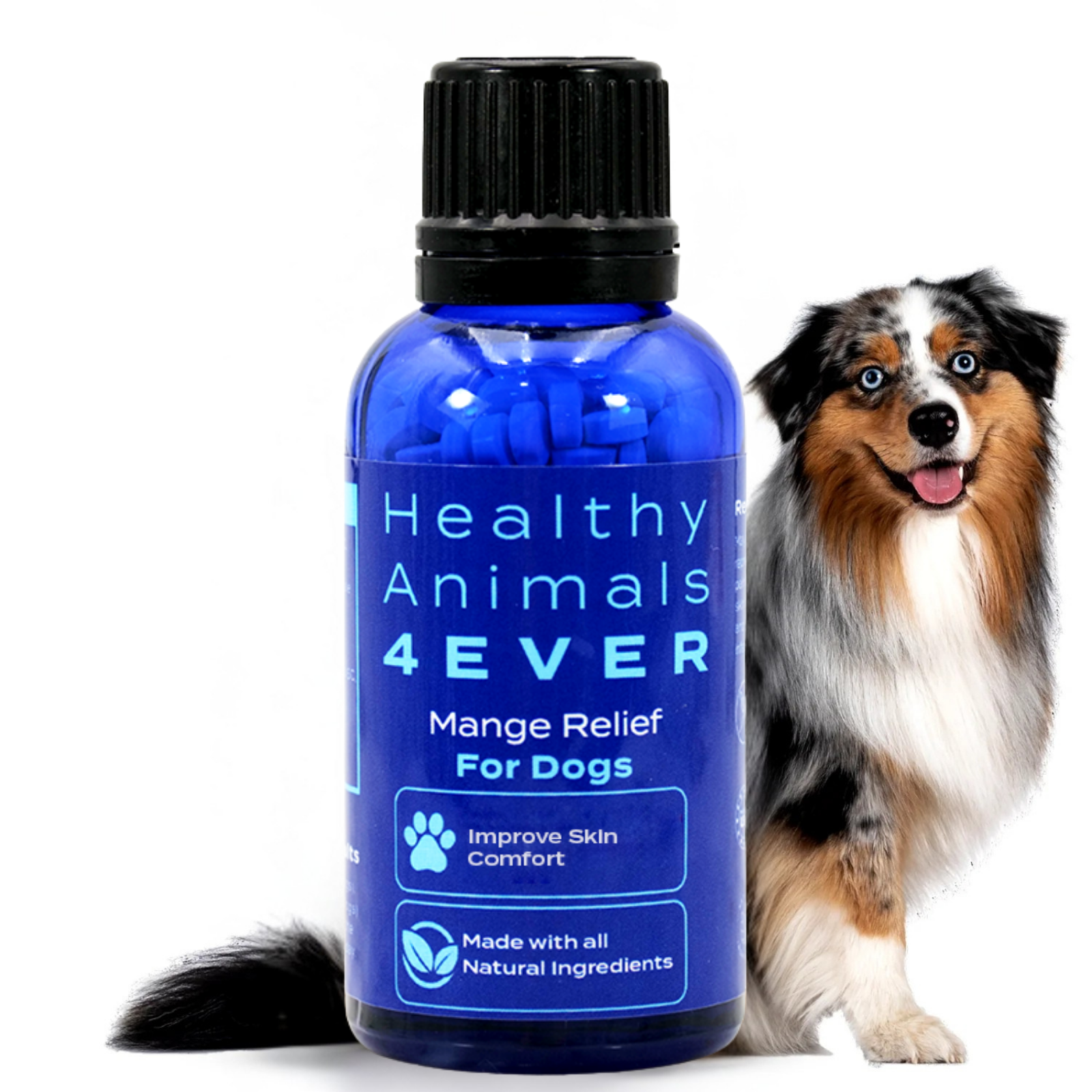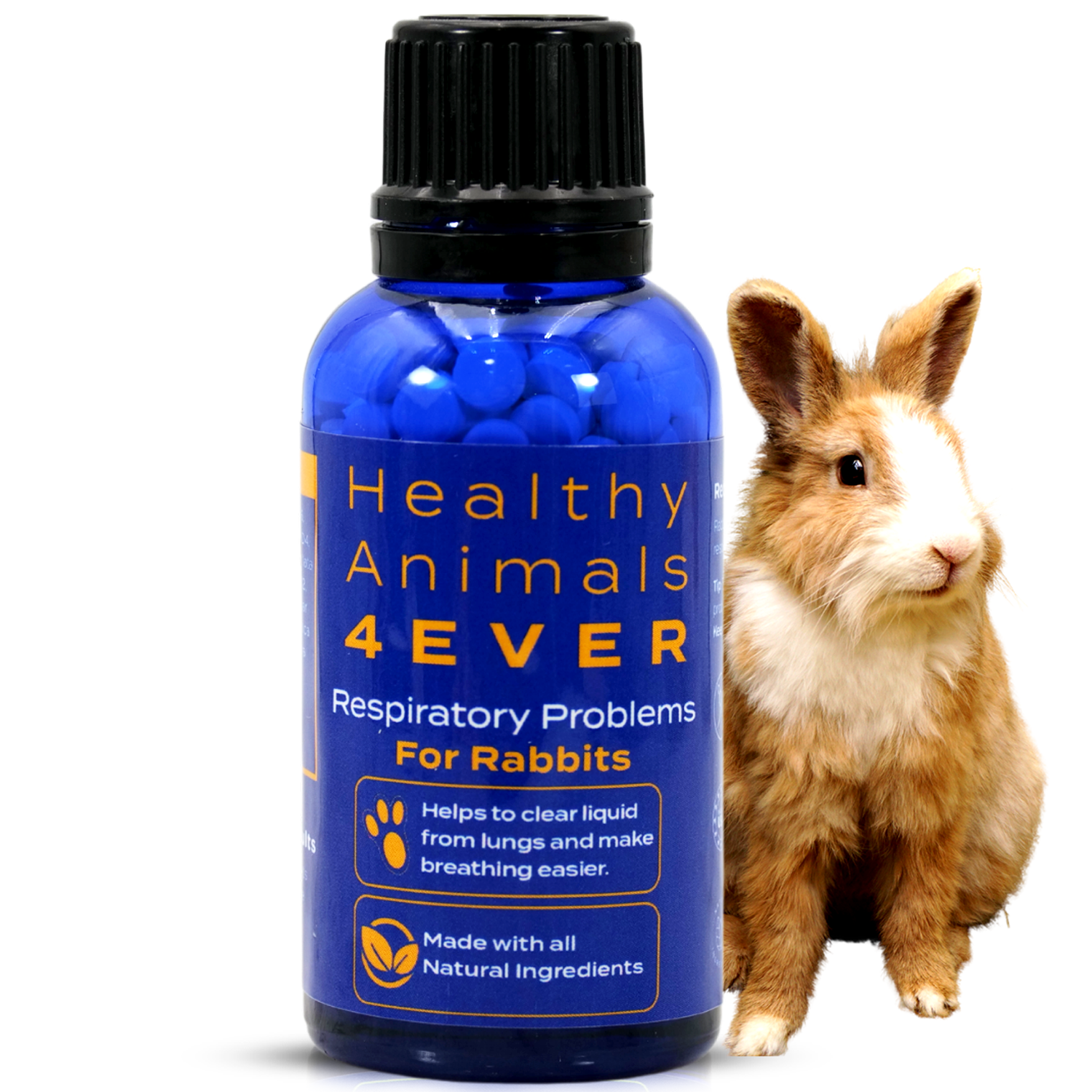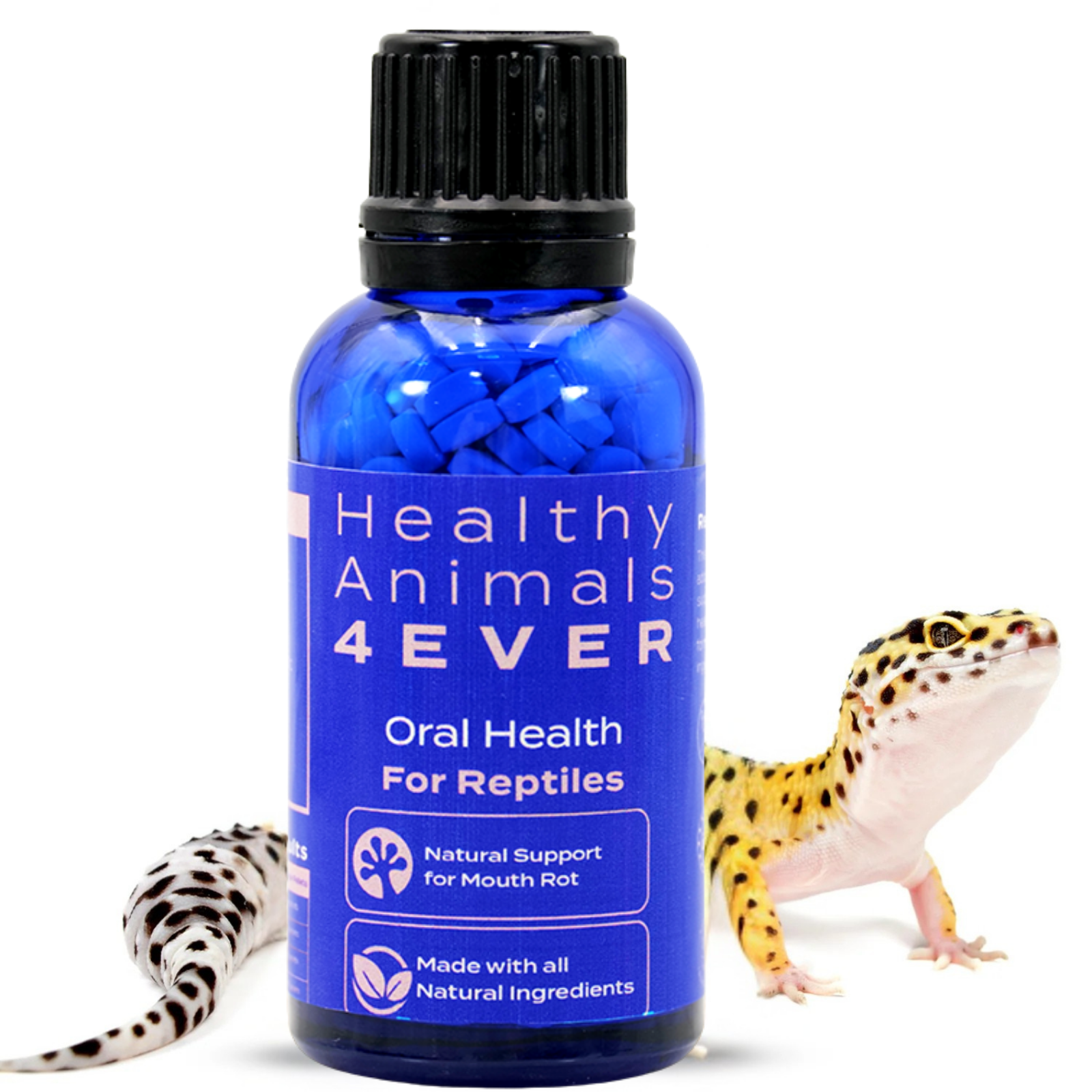How to Stop Dog Aggression: Effective Solutions and Training Tips
Dealing with an aggressive dog can be frustrating, confusing, and, honestly, heartbreaking. You love your dog, but sometimes their behavior feels unpredictable or even scary. Growling at other dogs, barking nonstop at strangers, or acting out during anxious moments are all signs that your dog is struggling somehow.
But you’re not powerless. There are gentle, natural ways to help your dog feel safer, calmer, and more in control; and to help you feel more confident, too.
In this blog, we’ll break down how to stop dog aggression by understanding what’s really going on when a dog shows aggressive behavior. We’ll also share practical tips that can make a real difference. From understanding body language and building better routines to using calming tools and homeopathic support, our goal is to help you and your dog move forward, together.

1. Understanding Dog Aggression
It can be scary when your dog starts growling, snapping, or lunging. Not just for you, but for them too. Aggression isn’t just a “bad behavior” that needs punishment; it’s a form of communication. Your dog is telling you something, and the key to helping them is understanding why they're acting out.
Dog aggression comes in different forms. Sometimes it’s fear-based; they’re scared and feel the need to protect themselves. Other times it’s territorial, like when they growl at someone approaching their bed or bark like crazy at strangers walking past the house. Then there’s resource guarding, when your pup acts like their toy or food bowl is a national treasure that must be defended at all costs.
It’s also worth noting that aggression isn’t always the result of trauma or abuse (though that can definitely play a role). Some dogs are just more anxious or sensitive by nature. Breed traits, age, health issues, or even how much exercise they get each day can influence how reactive they are.
Emotional Trauma Recovery for Dogs provides natural emotional trauma recovery remedy for all dogs. Promotes calmness and may help minimize anxiety. All-natural formula. Easy to use.
And here’s the thing: aggression is usually the tip of the iceberg. Beneath it are layers of stress, confusion, fear, or unmet needs. So instead of thinking, “How do I stop this behavior?”, it’s more helpful to ask, “What’s causing this behavior in the first place?”
Understanding what drives your dog’s aggression is the first step in helping them feel safer and behave better.

2. Reading the Signs Early
The earlier you can catch the signs of stress or discomfort in your dog, the better. Dogs rarely go from calm to full-on aggressive instantly; there are usually warning signs. The problem is, many of us miss them until it’s too late.
Start by paying attention to body language. A stiff posture, a hard stare, or a tail held high and rigid can all mean “back off.” Lip licking, yawning, or turning their head away might look innocent, but these are often signs that your dog feels anxious or uneasy.
Growling is a big one, and a misunderstood one. Many people see a growl as bad behavior, but it’s actually a helpful signal. It’s your dog saying, “I’m uncomfortable.” If we punish them for growling, we risk teaching them to skip the warning next time and go straight to biting.
Watch how your dog reacts to certain situations. Do they get tense when another dog approaches? Are they fine with people until someone reaches over their head? These little patterns are clues. Your dog isn’t trying to be difficult, they’re just letting you know their limits.
Recognizing and responding to those early signs of aggression in dogs gives you a huge advantage. You can redirect, create distance, or offer comfort before your dog feels the need to escalate.

3. Lifestyle Check: Diet, Exercise & Environment
Before diving into training or remedies, it's important to take a step back and look at your dog’s daily life. Just like humans, dogs need balance—good food, movement, and a peaceful home environment. If any of these are off, it can easily lead to tension and aggression.
Let’s start with diet. You’d be surprised how much food affects behavior. Low-quality kibble packed with fillers, artificial colors, or too many carbs can mess with your dog’s mood and energy levels. It’s like us trying to function on junk food and caffeine; it might work for a bit, but we’re cranky and burnt out in no time. A well-balanced diet with real ingredients (and tailored to your dog’s age, size, and needs) helps support a more stable, calmer mind.
All Digestive offers natural digestive support for dogs. Helps with stomach upset, diarrhea, and gastritis. It aids in restoring digestive balance and your pet's comfort. All-natural formula. Easy to use.
Then there’s exercise. Most dogs need way more than a quick walk around the block. When they don’t get enough physical activity or mental stimulation, all that pent-up energy has to go somewhere. Unfortunately, it often comes out as barking, chewing, or lunging at things that wouldn’t usually bother them. Some breeds need more of a job, something to do that makes them feel purposeful. Think sniff walks, games, puzzle toys, or basic obedience work. Even five to ten minutes a few times daily can make a big difference.
Finally, look at your dog’s environment. Is your home loud or chaotic? Are there people or other pets that make your dog nervous? Do they have a safe space where they can relax? Dogs need predictability and calm. If things feel tense around them or they’re constantly overstimulated, they’ll reflect that in their behavior. Small changes, like giving them a quiet corner with a cozy bed or turning down the TV, can go a long way in helping them settle.
In short, when a dog’s basic needs are being met, they’re far less likely to be reactive or aggressive.

4. Training Techniques
Now, let’s talk about how we can help shift aggressive behavior in a kind and respectful way, without harsh corrections or force. Training is all about working with your dog, not against them.
The number one rule? Reward what you want to see more of. Positive reinforcement (using treats, praise, toys, or anything your dog loves) can reshape behavior in powerful ways. If your dog sees another dog and stays calm, even for a second, that’s your moment to reward.
Timing is key. You want to catch them before they react. That might mean being super observant and acting quickly, but it’s worth it. Over time, your dog starts making better choices on their own because they’ve learned it feels good to stay calm.
Then there’s desensitization. This just means slowly getting your dog used to whatever triggers them, in a controlled, positive way. For example, if your dog gets reactive around other dogs, you don’t toss them into a crowded dog park. Instead, you find a quiet area where they can see another dog from a distance without freaking out. Pair that moment with treats and praise. Gradually, as your dog becomes more comfortable, you can move a little closer. It’s a slow process, but it builds confidence instead of fear.
Anxiety and Over-Reaction from Fear is a natural remedy for calmness and reduced fear in dogs. It helps minimize stress and fear responses. Useful for generalized, separation, social, and environmental anxiety. All-natural formula. Non-drowsy effect. Easy to use.
Another powerful technique is teaching calming cues. These are simple things like “sit,” “look at me,” or even just teaching your dog to make eye contact with you when they’re unsure. It gives them something to focus on other than the scary thing in front of them, and it helps you redirect their energy.
And don’t underestimate the power of your own energy. If you’re tense, rushed, or frustrated, your dog picks up on that. Staying calm and steady helps them do the same. It’s not always easy (especially in the moment), but taking a deep breath and speaking gently can make a big difference.
Click here to learn more about how to train aggressive dogs.

5. Calming Tools & Techniques
Sometimes, your dog just needs a little help settling down, especially if they’re naturally high-strung or if you're working through behavior issues. Some gentle, natural tools and techniques can create a more calming atmosphere for your pup and take the edge off their reactivity.
Let’s start with music. It might sound a bit out there, but certain types of music (especially soft classical or specially-made dog relaxation playlists) can lower your dog’s heart rate and help them relax. It’s a simple way to create a peaceful vibe in the house, especially when your dog is on edge, like when you have visitors over.
Aromatherapy can also make a difference. Essential oils like lavender, chamomile, and valerian root have calming properties, but using them safely is super important. Never apply oils directly to your dog. Instead, try a pet-safe diffuser or a lightly sprayed blanket they like to curl up on. Even a few drops on a bandana can create a soothing effect, as long as it’s properly diluted and your dog isn’t sensitive to smells.
Instant Calm Lavender Stress Reducer provides natural stress and anxiety support for pets, helping them manage daily stressors and promoting a sense of calmness.
Then there’s the magic of pressure wraps. These wraps work a lot like a comforting hug; they apply gentle, constant pressure to your dog’s torso, which can help calm anxiety and lower their arousal level. Some dogs respond instantly, while others need a little time to get used to the feeling. However, it’s worth a try, especially during stressful situations.
You can also try incorporating calming routines into your day. Simple things like a slow evening walk, a post-dinner belly rub, or even practicing a few basic commands before bedtime can give your dog a sense of structure and help them wind down.
Think of these tools as supportive, not a “cure”. Used consistently, they can help your dog feel safer and more secure, which is a big step toward reducing aggressive behavior.

6. Socialization Done Right
Socialization is one of those words that gets thrown around a lot in the dog world, but it’s often misunderstood. It doesn’t just mean “let your dog meet other dogs and people.” True socialization is about teaching your dog how to cope and feel safe around different experiences, not just tolerating them.
The key is going at your dog’s pace. Some dogs are naturally outgoing and love everyone. Others are more cautious, and that’s totally okay. What matters is that we don’t force them into overwhelming situations. If your dog growls or hides behind you at the dog park, dragging them into the middle of the chaos won’t help; it’ll just confirm their fear.
Instead, slowly introduce new people, places, and dogs in low-pressure environments. If your dog sees another dog from across the street and stays calm, that’s a win. Let them sniff new people at their own speed. Reward curiosity and calm behavior, and if they seem unsure, just back off and try again another time. It’s not a race.
Also, be mindful of overstimulation. Many dogs struggle not because they’re antisocial, but because they’re bombarded with too much too fast: too many smells, sounds, movements, or unfamiliar faces. Imagine walking into a loud, crowded party when you only wanted a quiet night at home. That’s what some dogs feel every time they leave the house.
Don’t forget that socialization isn’t only about other dogs and humans. It’s also about helping your dog get comfortable with things like the vacuum cleaner, the sound of thunder, wearing a harness, or riding in the car. Every new, safe experience builds your dog’s confidence and reduces the likelihood that they’ll respond with fear-based aggression later.

7. How Homeopathy Can Help
When your dog acts out with aggression or frustration, it’s usually a sign they’re overwhelmed. Sometimes, what they need is a gentle way to reset. That’s where homeopathy can really shine.
Unlike medication for aggressive dogs that suppresses behavior, homeopathic remedies work with your dog’s system to help them feel more balanced and less reactive. Ingredients like chamomile and Cina have been used for years to calm tension and restlessness in both people and pets.
Our HealthyDogs4Ever Aggression and Frustration Reduction remedy was made specifically for dogs dealing with stress, dominance, or anxiety, especially in new or overstimulating situations. With calming ingredients like Cina 6C, Secretin 30C, and Rescue 6X, it helps take the edge off without dulling your dog’s personality.
Aggression and Frustration Reduction provides natural support for aggressive dog behavior, excessive barking, nervousness, and anxiety. Helps alleviate stress and fear. All-natural formula. Easy to use.
It’s easy to give (just a few pellets, three times a day with food or water), and like anything natural, consistency is key. You’ll see the best results with daily use over 30 days, alongside regular training, exercise, and social time.
And of course, we stand behind it with a 100% satisfaction guarantee because we really believe in what it can do.

8. When to Seek Professional Help
While natural methods, training, and remedies can go a long way, there are times when calling in a professional is the best move. If your dog’s aggression is escalating, if they’ve bitten someone, or if you’re feeling out of your depth, it’s absolutely okay (and smart) to get expert support.
Working with a certified dog trainer or animal behaviorist can give you insight into your dog’s triggers and the best strategies to handle them. Vets can also help rule out any underlying health issues that might fuel the behavior, like pain or hormonal imbalances.
There’s no shame in needing help; it shows you care deeply about your dog and their well-being. Even if you’re seeing progress with natural methods, having a pro guide you through the trickier moments can speed up results and give you peace of mind.

The Bottom Line
Helping a dog with aggression isn’t about quick fixes or forcing them to behave. It’s about understanding, consistency, and creating a life that supports calm, balanced behavior. When you combine a healthy routine, positive training, thoughtful socialization, and gentle remedies, you’re giving your dog the tools they need to feel less stressed and more secure.
Learning how to stop dog aggression takes time and patience, but the results are worth it: a happier, more relaxed dog and a stronger bond between you. And honestly, that’s what it’s all about.













